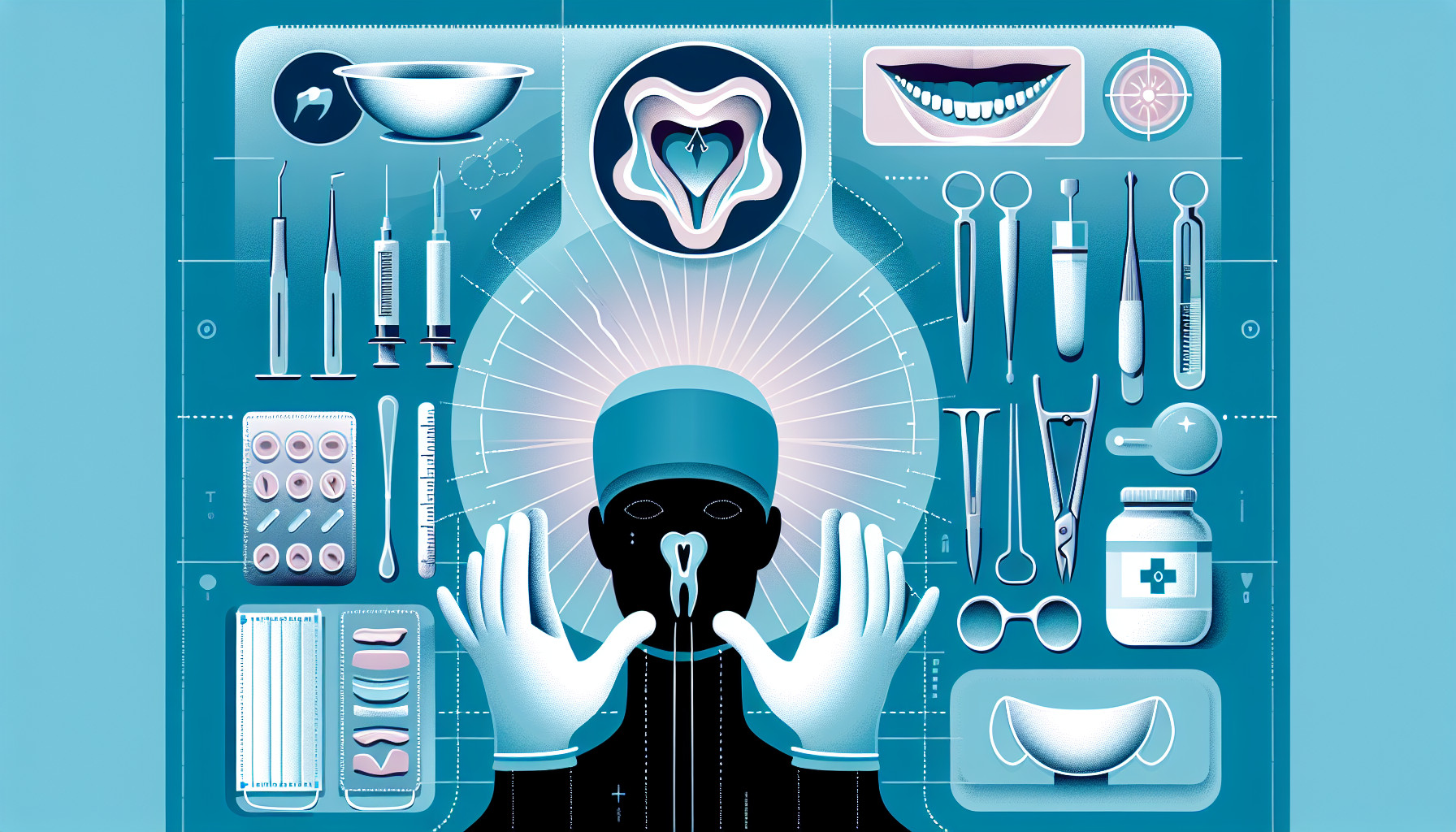Our Summary
This study looked at how effective computer-aided simulations are for planning corrective jaw surgeries compared to the actual outcomes of these surgeries. Researchers reviewed 392 articles published in the last decade, but only used 12 that met their criteria. They found that the computer simulations were very accurate, with tiny differences in measurements for position and rotation of the jaw bones. They also found that a type of 3D X-ray imaging (called Cone-beam computed tomography) combined with 3D scans of dental casts were the most common techniques used for creating these simulations. The difference between the simulated plan and the actual surgical result was usually less than 2 millimeters or degrees, which was seen as acceptable. The computerized planning also seemed to result in better symmetry of the face. However, they conclude that more studies are needed to confirm these findings.
FAQs
- How accurate are computer-aided simulations for planning corrective jaw surgeries?
- What techniques are most commonly used for creating these computer simulations?
- Does computerized planning result in better facial symmetry after corrective jaw surgeries?
Doctor’s Tip
A helpful tip a doctor might tell a patient about oral surgery is to follow all pre-operative instructions provided by the surgeon, such as fasting before the procedure and avoiding certain medications. It is also important to communicate any concerns or questions with the surgeon before the surgery and to follow all post-operative care instructions carefully for a smooth recovery.
Suitable For
Patients who may be recommended for oral surgery include those with:
Impacted teeth: Wisdom teeth that are unable to fully emerge through the gums may need to be surgically removed.
Misaligned jaws: Corrective jaw surgery may be recommended for patients with significant jaw misalignment that cannot be corrected with orthodontics alone.
Temporomandibular joint (TMJ) disorders: Oral surgery may be recommended for patients with severe TMJ disorders that do not respond to conservative treatments.
Facial trauma: Patients who have suffered facial trauma, such as fractures to the jaw or facial bones, may require oral surgery to repair the damage.
Cleft lip and palate: Patients born with cleft lip and/or palate may require multiple oral surgeries to correct the condition and improve function and appearance.
Sleep apnea: Oral surgery may be recommended for patients with obstructive sleep apnea who do not respond to other treatments, such as CPAP therapy.
Oral pathology: Patients with oral lesions, tumors, or other abnormalities may require oral surgery for diagnosis and treatment.
It is important for patients to consult with an oral surgeon to determine if surgery is the best treatment option for their specific condition.
Timeline
Before oral surgery:
- Initial consultation with a dentist or oral surgeon to discuss the need for surgery and potential treatment options.
- Pre-operative assessments, such as X-rays, CT scans, and dental impressions, to evaluate the condition of the jaw and teeth.
- Development of a treatment plan, including the use of computer-aided simulations to plan the surgery.
- Discussion of the treatment plan with the patient, including potential risks and benefits of the surgery.
- Pre-surgical preparations, such as fasting before the surgery and taking any necessary medications.
After oral surgery:
- Recovery period immediately following the surgery, which may involve pain management and monitoring for any complications.
- Follow-up appointments with the oral surgeon to assess healing and address any concerns.
- Long-term follow-up care to ensure proper healing and function of the jaw.
- Potential need for physical therapy or other interventions to optimize the outcome of the surgery.
- Assessment of the final results of the surgery, including any improvements in facial symmetry or function.
What to Ask Your Doctor
What specific type of oral surgery do I need and why?
What are the potential risks and complications associated with this surgery?
How long will the recovery period be and what can I expect in terms of pain and swelling?
What are the alternatives to surgery and why is surgery the best option for me?
Will I need any additional imaging tests before the surgery?
How will you plan and prepare for my surgery? Will computer-aided simulations be used?
What is the success rate of this type of surgery and what are the expected outcomes?
What are the qualifications and experience of the surgeon who will be performing the surgery?
Will I need to follow any specific post-operative care instructions or make any lifestyle changes after the surgery?
Will I need any follow-up appointments after the surgery and what will be involved in the follow-up care?
Reference
Authors: Alkhayer A, Piffkó J, Lippold C, Segatto E. Journal: Head Face Med. 2020 Dec 4;16(1):34. doi: 10.1186/s13005-020-00250-2. PMID: 33272289
